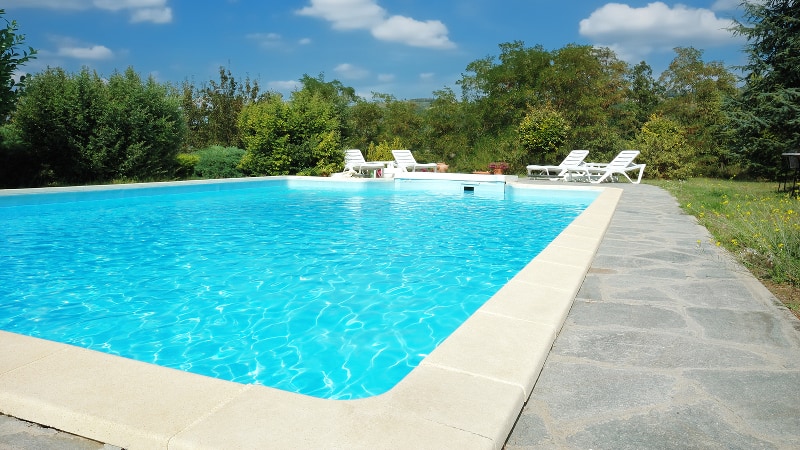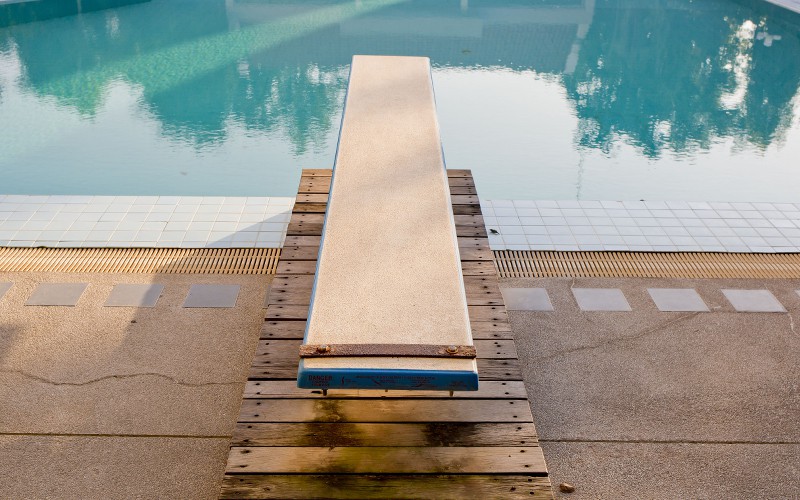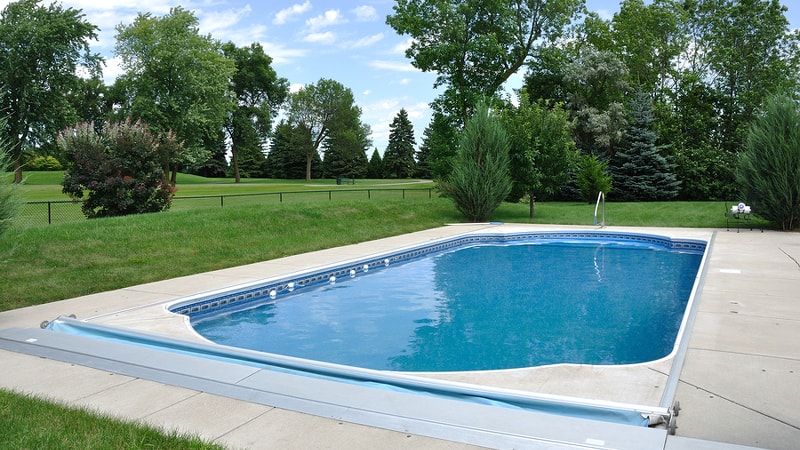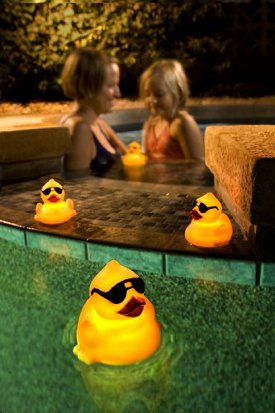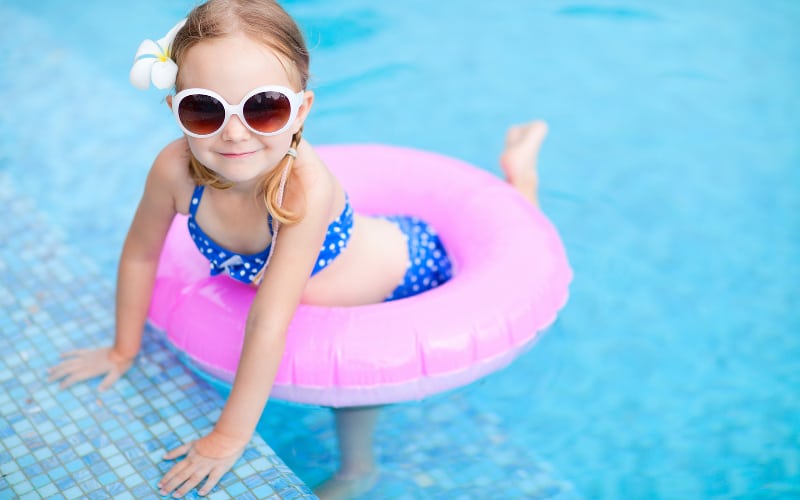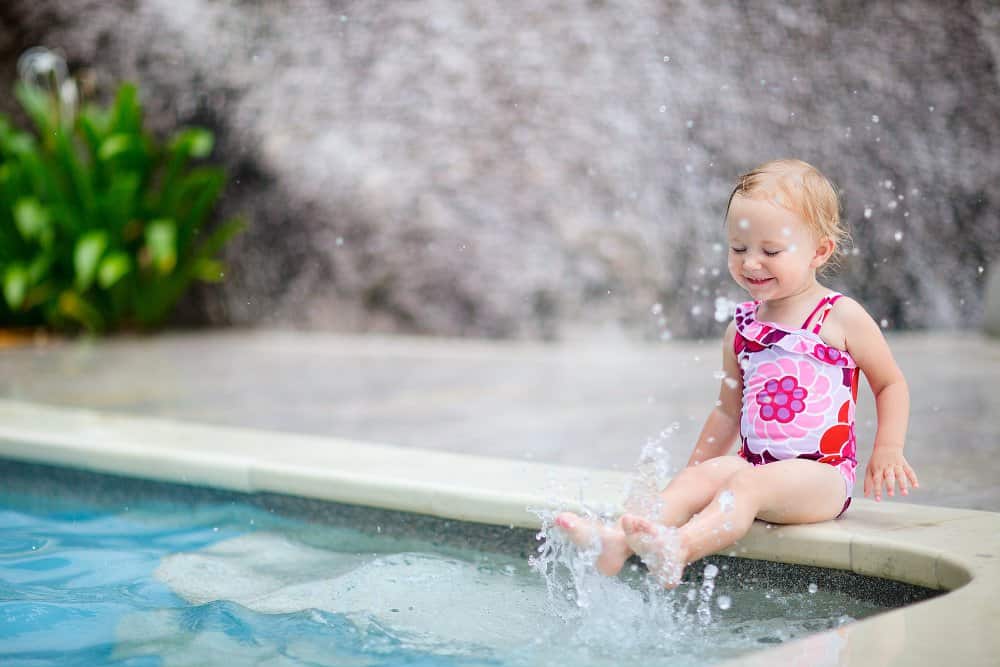
You’ve probably heard the terrifying statistics about children and drowning, so we won’t repeat them here. Needless to say, a pool fence is a must if you want to meet the minimum recommendations for pool safety. However, many experts also recommend a swimming pool alarm, and your local laws may even require it. Unfortunately, finding a good inground pool alarm is often harder than it sounds.
Types of Swimming Pool Alarms
There are three different types of inground pool alarms that people commonly use. Which one(s) you choose should be based on your family’s needs and any unique risks your pool may pose.
Water Disturbance Alarms. This is the type of alarm most people are referring to when they say “pool alarm.” These devices either sit at the edge of the pool or are submerged in the water. They trigger an alarm whenever they detect a certain level of water disturbance.
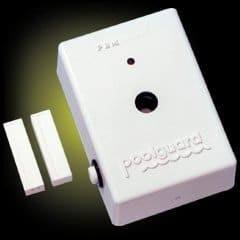
Door Alarms. These alarms can be attached to a fence gate or an access door within your house. When activated, they sound an alarm whenever someone enters the pool area.
Wristbands. These devices are intended for small children and pets. They trigger the alarm when they get wet.
Because they all serve different purposes, these alarms can be used in combination for extra safety. Water disturbance and door alarms are a natural combination. Wristbands are ideal for families with small children, and are especially valuable because they’re the only alarm that is effective when the pool is in use.
What to Look For in an Inground Pool Alarm
Not all pool alarms are created equal. When Consumer Reports and Good Housekeeping looked at pool alarms a few years ago, they found that some water disturbance alarms failed to sound in the appropriate amount of time. Less significant – but potentially very annoying – is the fact that some systems may also trigger false alarms. Before calling your swimming pool safe, you should test your new water disturbance alarm to make sure it functions properly.
We recommend getting a door alarm in addition to a water disturbance alarm – not just because of the fickleness of water disturbance alarms, but simply because it adds an extra level of security. A door alarm gives you more time to react, which could be critical if you’re tied up or far away from the pool when it goes off.
In addition to the other alarms, safety wristbands are a great idea if you have a large family that includes small children. It’s all too easy to get distracted when you have multiple children. Knowing that you’ll be alerted if your little one falls in will give you the additional peace of mind that will allow you to more fully enjoy your pool.
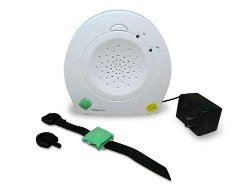
One Element of Pool Safety
Once again, it’s important to note that inground pool alarms are only one element of pool safety. They can and should be used in combination with other things. Other optional safety measures include a fence with lockable gate and a safety cover. But most important of all is conscientiousness. If you don’t activate your alarm, lock your gate, or cover your pool, then these safety measures can’t help you.


